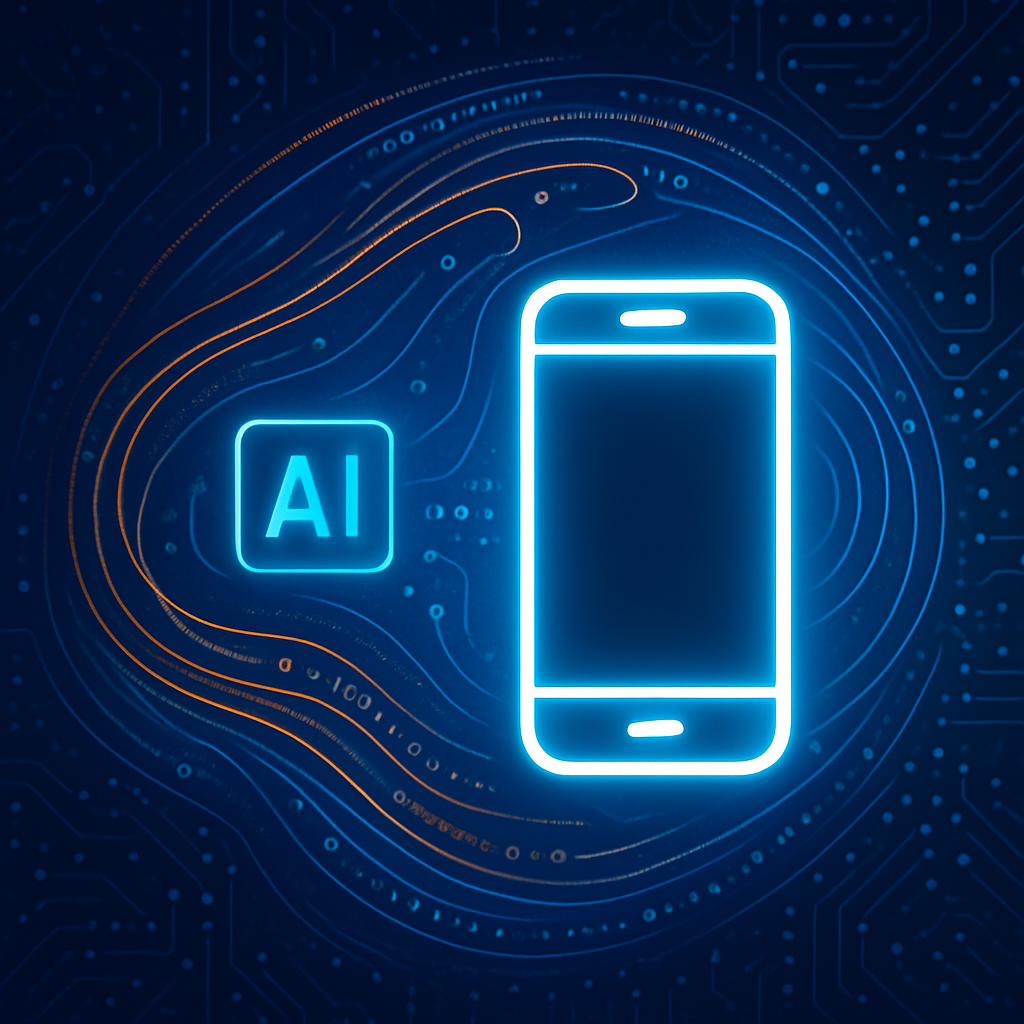\
In the ever-changing world of game development, scalability, efficiency, and flexibility are crucial for developers and studios of all sizes. As games grow in complexity and more multiplayer elements become the norm, the need for reliable cloud infrastructure is more apparent than ever. This is where Google Compute Engine for (GCE) shines, providing U.S.-based game developers a powerful cloud-based solution for hosting, rendering, managing game states, and scaling multiplayer environments.
This article dives into how Google Compute Engine can be leveraged by game engines to enhance game development in the United States. For more insights on how GCE integrates with game development, check out our detailed guide on GameNGen Cloud’s integration with Google Compute Engine. We’ll discuss how it can be used to host game servers, scale infrastructure, integrate AI and machine learning, and much more. For additional tools and tutorials, visit GameNGen’s resource page. Let’s explore why GCE is an essential tool for game developers in the U.S. seeking to innovate and grow.
1. Introduction to Google Compute Engine and Game Engines
Google Compute Engine is part of the Google Cloud Platform (GCP) (https://cloud.google.com/us/) that allows users to run virtual machines on Google’s robust infrastructure. With GCE, developers can create highly customizable virtual instances, benefiting from Google’s data centers across the United States, which provide low latency and high performance. In the context of game development, GCE provides the backend infrastructure that many modern games need, from hosting multiplayer servers to managing in-game analytics. Learn more about how GCE supports multiplayer games on GameNGen’s multiplayer solutions page. For example, large U.S.-based multiplayer titles like Fortnite require scalable backend services to handle millions of players.
Game engines like Unity (https://unity.com/us/), Unreal Engine, CryEngine, and others serve as the foundation for developing immersive and interactive games. They provide the tools, environments, and systems required to create everything from 2D mobile games to AAA 3D experiences. However, without a powerful infrastructure to support the complex requirements of these games, developers often face limitations in scalability, server reliability, and performance. This is where GCE comes in, providing the computational muscle needed to complement and elevate game engines for the U.S. market.
2. The Role of Google Compute Engine in Game Development
GCE offers several services that are highly beneficial for game development in the United States, including:
- Scalability: Automatically scale server resources based on player demand.
- High Performance: Use GPUs and specialized hardware to speed up rendering and AI training.
- Low Latency: Benefit from Google’s data centers in the United States to ensure smooth gameplay for American users.
- Integration: Seamlessly integrate with other Google Cloud services, such as BigQuery and Kubernetes, to provide a comprehensive cloud solution.
These features make GCE ideal for handling the backend demands of modern game engines, enabling a more streamlined, scalable, and flexible game development pipeline for U.S.-based developers.
3. Leveraging GCE for Multiplayer Game Servers
One of the primary use cases of GCE in game development is hosting multiplayer game servers. Multiplayer games are mainstream across gaming genres, from first-person shooters to real-time strategy games. Such games require reliable servers to manage real-time player interactions, ensure synchronization, and maintain game states.
Google Compute Engine provides a perfect solution by offering virtual machines that can dynamically scale to meet player demand. During peak times, such as game launches or special in-game events such as the release of a new game mode during E3 (Electronic Entertainment Expo) (https://www.e3expo.com/us/), GCE can scale up by adding more instances to handle increased traffic. When the demand decreases, the system scales down, making it a cost-effective approach for developers in the United States.
Game engines like Unity (https://unity.com/us/) and Unreal Engine (https://www.unrealengine.com/en-US/) can utilize GCE as a backend to power real-time multiplayer gameplay. Developers can set up dedicated servers to manage critical game logic, matchmaking, player statistics, and in-game events. This leads to an improved gameplay experience with minimized latency, ensuring players across the U.S. enjoy a smooth gaming experience.
4. Rendering and Game Asset Processing in the Cloud
Game rendering is an intensive task that requires significant computational power. Traditionally, rendering has been done using local hardware, which can be limiting, especially when the scope and quality of the graphics increase. With Google Compute Engine, developers can offload rendering tasks to powerful virtual machines equipped with GPUs and TPUs.
GCE’s GPU instances are ideal for running rendering tasks, allowing developers to create high-quality 3D models, textures, and scenes without investing in expensive physical hardware. Unreal Engine (https://www.unrealengine.com/en-US/) and CryEngine projects with high graphical demands can use GCE to speed up rendering pipelines, making workflows faster and more efficient.
By offloading rendering to the cloud, developers gain the flexibility to work from anywhere while relying on Google’s infrastructure to handle resource-intensive operations. This is particularly beneficial for indie developers and small studios in the United States that may not have access to powerful hardware for rendering large-scale game scenes.
5. Game Development Pipelines with Google Compute Engine
Cloud-based development pipelines are increasingly popular among game developers, especially those working in distributed teams across the United States. Google Compute Engine supports a comprehensive cloud-based game development pipeline that facilitates continuous integration/continuous delivery (CI/CD), automated testing, and collaboration.
GCE can be used to automate the entire build process for a game engine. By integrating with Kubernetes (https://kubernetes.io/us/) and Cloud Build, developers can automate tasks like compiling game code, running unit tests, and generating nightly builds. This setup is extremely beneficial for large studios, such as those participating in events like the Game Developers Conference (GDC) (https://gdconf.com/us/), which have multiple teams working on the same project. Developers can focus more on creating content rather than managing builds, ensuring faster turnaround times and reducing the risk of human error.
6. Scaling Game Infrastructure with GCE
Modern games often require dynamic scaling of resources, especially when dealing with massively multiplayer online (MMO) games or games with unpredictable traffic patterns. Google Compute Engine offers auto-scaling, allowing infrastructure to adjust according to player load.
For instance, during a promotional event or a major update, player traffic might spike significantly. GCE’s infrastructure can automatically provision additional instances to accommodate this demand, ensuring a smooth gameplay experience without interruptions. When the event ends, the infrastructure scales back down, optimizing costs while maintaining high availability, similar to how major U.S. game publishers handle large-scale game releases like those during Black Friday or the holiday season.
Game engines like Unity (https://unity.com/us/) and Unreal Engine (https://www.unrealengine.com/en-US/) benefit from this scalability, as developers in the United States can provide a consistent player experience regardless of player numbers. GCE’s scalability also extends to backend services like player authentication, matchmaking, and leaderboards, which must remain responsive under high loads.
7. Real-Time Analytics and Game Insights
Understanding player behavior and game performance is critical for creating engaging gaming experiences. Game engines often integrate analytics tools to collect data on how players interact with the game, helping developers fine-tune gameplay, balance difficulty, and enhance monetization.
With Google Compute Engine, developers can process real-time analytics, allowing for quicker insights into player actions and game metrics. GCE can integrate with BigQuery (https://cloud.google.com/bigquery/us/) to analyze large datasets, providing valuable insights that can be used to optimize game design and marketing strategies, similar to how popular games like Call of Duty (https://www.callofduty.com/us/) use real-time analytics to fine-tune player experiences during peak events like Double XP weekends. For example, a Unity (https://unity.com/us/) game can use GCE to track player engagement, in-game purchases, and level progression, allowing developers to adjust gameplay elements for better player retention in the U.S. market.
8. AI and Machine Learning for Game Engines
The role of AI in game development is expanding rapidly, from controlling NPC behaviors to procedurally generating content and adapting game difficulty based on player actions. Google Compute Engine provides the computational power necessary to train and run complex machine learning models that can be integrated into games.
With GCE’s support for Tensor Processing Units (TPUs) and GPUs, game developers in the United States can train AI models to simulate realistic NPC behaviors, create dynamic in-game environments, or even personalize player experiences based on historical data. Game engines like Unreal Engine (https://www.unrealengine.com/en-US/) and Unity (https://unity.com/us/) can integrate AI models trained on GCE to bring more sophisticated interactions to their games. For AI integration examples and tutorials, visit GameNGen’s AI game development section.
For example, a developer using Unity (https://unity.com/us/) ML-Agents can train models on GCE to control in-game characters that learn from player behavior, providing a more challenging and interactive experience. This makes games feel more immersive and engaging, as players face opponents or obstacles that adapt to their skill level.
9. Cross-Platform Cloud Saves and Game State Management
Players today expect their progress, settings, and achievements to be saved and accessible across different devices. Google Compute Engine can be used to manage cloud saves and game state synchronization, ensuring players can seamlessly pick up where they left off, regardless of the platform they are using.
Using GCE as a backend, developers in the United States can create robust cloud save solutions that securely store player data, including character progress, inventory, and achievements. Game engines like Unity (https://unity.com/us/) can use GCE to handle cloud saving, allowing players to switch between devices—such as moving from a PC to a mobile device—without losing their progress. This greatly enhances the user experience and helps retain players.
10. Augmented and Virtual Reality Game Development with GCE
AR and VR are pushing the boundaries of gaming by providing immersive experiences that require substantial computing power. Game engines like Unity (https://unity.com/us/) and Unreal Engine (https://www.unrealengine.com/en-US/) are often used for developing AR/VR content, but the local hardware may not always be able to handle the rendering and processing demands.
Google Compute Engine can be used to offload some of these tasks to the cloud. By running rendering tasks on GCE’s GPU instances, developers can provide high-quality visuals while reducing the workload on local devices. This is particularly important for VR, where maintaining a high frame rate is critical for user comfort. Using GCE, developers in the United States can build more sophisticated VR environments without being constrained by the limitations of local hardware.
11. AI Integration and Cloud Computing for Game Engines
AI and cloud computing go hand-in-hand when it comes to enhancing game engines. Google Compute Engine provides a reliable platform for deploying AI models that can interact with in-game elements in real time. Game engines can leverage these AI models for various tasks, such as procedural content generation, dynamic event handling, and personalized gameplay experiences.
For instance, a game engine like Unreal can utilize GCE for generating complex, procedural landscapes in real time, creating unique environments for each player. The AI models running on GCE can analyze player behavior and generate challenges that are unique and tailored to individual play styles, adding depth and personalization to the gaming experience.
12. Game Engine Tool Hosting and Distribution
Some game engines allow players or developers to create in-game tools or mods to enhance gameplay or create new game experiences. Hosting and distributing these mods requires a scalable infrastructure capable of managing requests from players across the United States.
Google Compute Engine can host these tools and provide efficient distribution mechanisms for updates, mods, or in-game assets. This ensures that players in the United States have fast and easy access to community-created content, enhancing the longevity and replayability of a game. For tools that help create and distribute mods, explore GameNGen’s modding tools. For example, a custom game engine with support for mods can use GCE to store these assets, making them available to all players regardless of their location within the country.
13. Key Benefits of Google Compute Engine for Game Development
- Scalability: Automatically scale infrastructure to handle varying player demand, reducing costs during off-peak hours.
- Low Latency: Host game servers in Google’s data centers in the United States to provide low latency for players across the country.
- Cost-Effectiveness: With pay-as-you-go pricing, developers only pay for the resources they need, optimizing operational costs.
- Security: Google Compute Engine provides built-in security features like data encryption and compliance with industry standards, making it suitable for handling sensitive player data.
- High Performance: Leverage powerful GPUs and TPUs for rendering, machine learning, and complex game simulations.




